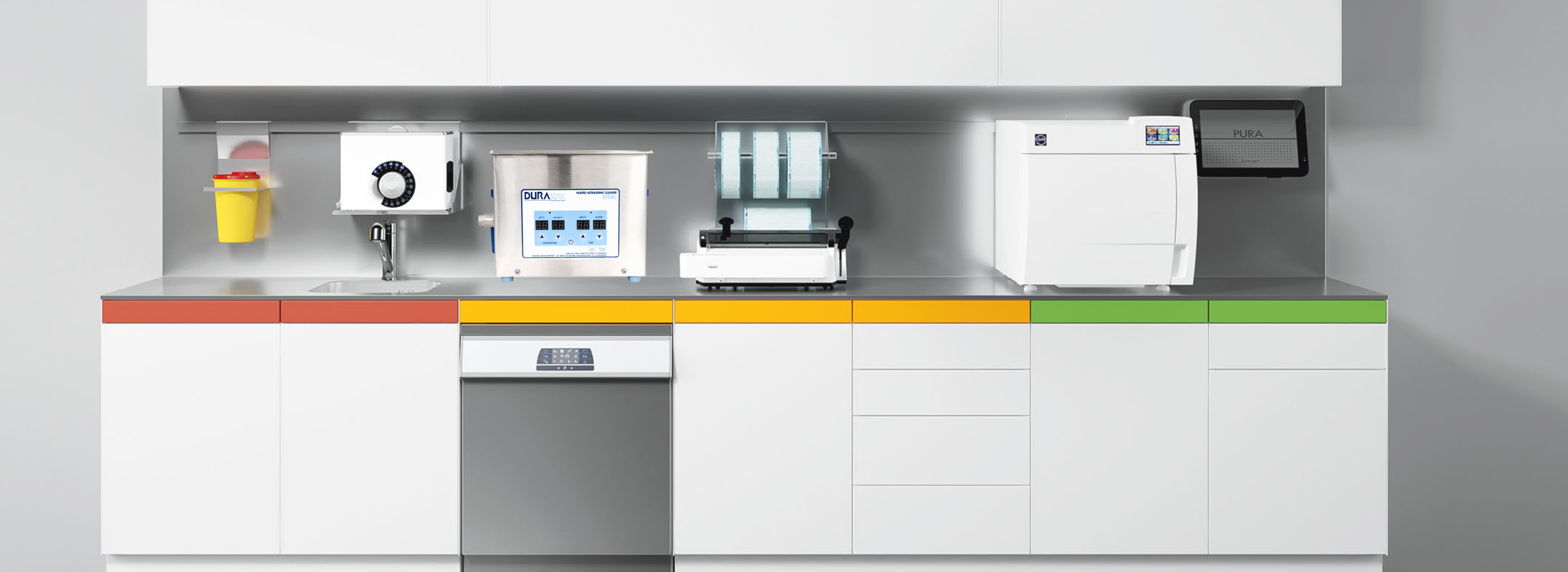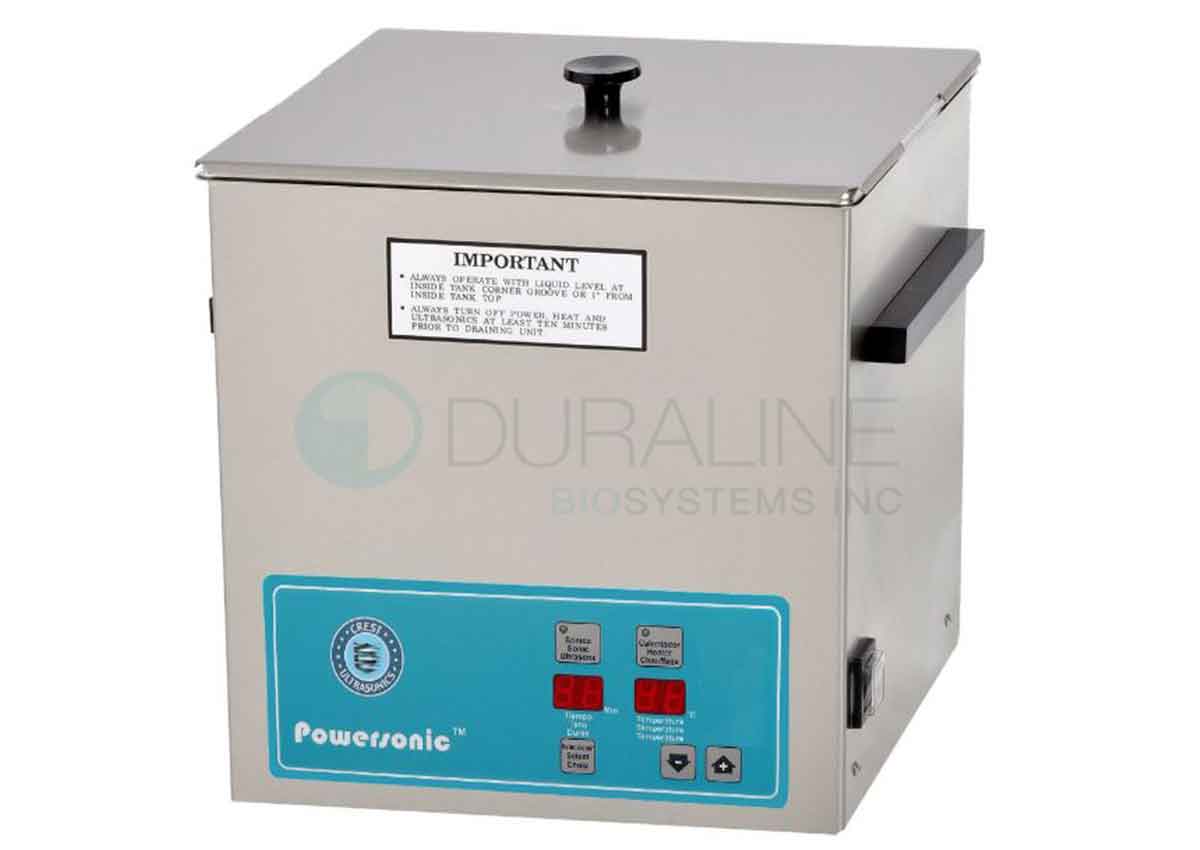|
 What is an Ultrasonic Cleaner What is an Ultrasonic Cleaner 

Ultrasonic Cleaners use ultrasound (the same waves that produce ultrasound images) frequencies and a cleaning solvent to clean materials such as dental and lab equipment, jewelry and industrial products. In the 1950’s, the first professional ultrasonic cleaner was introduced to the market and commercial ultrasonic cleaner machines were used in homes two decades later.
The DuraSonic ultrasonic cleaner uses ultrasound’s high frequencies to create movement in the liquid to remove contaminants from equipment surfaces.
Ultrasounic cleaners use cavitation, the bubbles created by the sound waves in the tank, to clean the surfaces of items. The bubbles act as a sponge to scrub away dirt, blood and other contaminants that are on these items so that they can be sterilized afterwards.
Choosing the Right Cleaning Solvent
The cleaning solvents used in an ultrasonic washing machine can be as simple as water or as complicated as chemicals depending on the application needs. These cleaners can remove a variety of contaminants including oil, bacteria, fingerprints, mold, blood and soil and are used in many industries. They are most commonly used by dentists to prep their dental instruments prior to sterilization.
When choosing the correct cleaning solvents, you need to consider the items being cleaned and the ultrasonic cleaner’s metal tank that holds the instruments in place.
Disinfectants shouldn’t be used in your used ultrasonic cleaner because these machines don’t sterilize or disinfect, so disinfectants can be too harsh. The pH and acidity of the solution needs to complement the instruments so that it does not cause discoloration or mineral deposits. Many dental offices use neutral and alkaline solutions because they don’t damage the machine nor the instruments it contains.
In recent years, there has been an increase in enzymes and rust preventors used in ultrasonic cleaning solutions. These enzymatic cleaners break down biological organic materials that would otherwise be difficult to remove.
Caring for Your Ultrasonic Cleaner
Be sure to remove your ultrasonic cleaning solutions when they become cloudy and filled with particles. Always remove and replace these solutions with gloved hands to avoid contamination and skin irritation.
Clean the tank routinely with a scouring agent like Comet, but do not use course cleaners or cleaning pads that will leave scratches in the stainless steel. These scratches can trap bacteria and other harmful materials in your machine lessening the cleaning power of your machine.
Ultrasonic cleaners are environmentally friendly, time and energy efficient and flexible for many applications. Duraline Systems has many different model ultrasonic cleaners and accessories from leading ultrasonic cleaning machine manufacturers like our Tuttnauer ultrasonic cleaner machines.
Contact us today for more information about our ultrasonic cleaners or order one today!
|